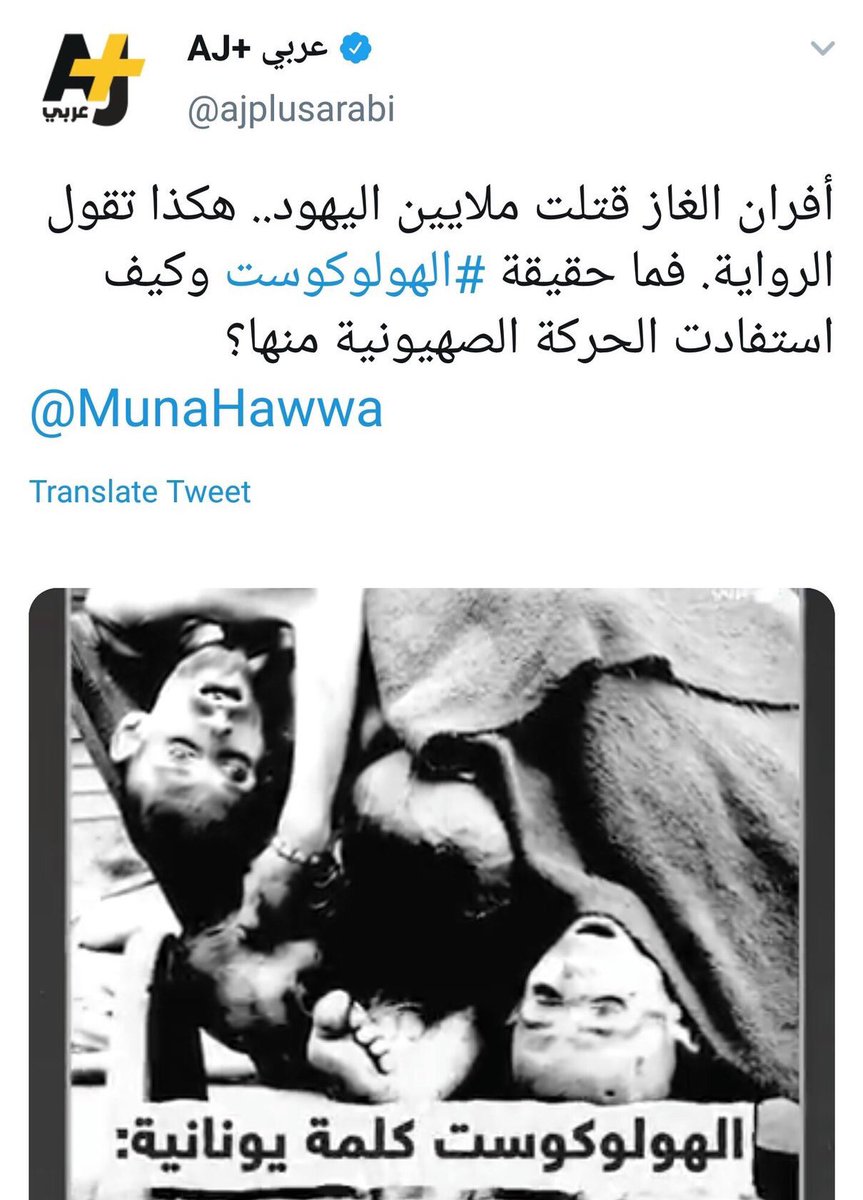A thread on the legendary and historic magic-workers of the Middle East
He was once asked to demonstrate his power and so conjured a jinn for all to see.
He was said to be skilled in the art of talisman-making and conversed with the jinn regularly
Later Muslim magicians would interpret him as a magical figure
Believed to be part-jinn herself, her lineage granted her enchanting beauty and vast powers. With Solomon she commanded the jinn Zaba to build vast palaces in Yemen.
He is said to have mastered the secret of letters and through them could invoke angels, control the jinn, and fashion talismans of great power.
Al-Qurṭubi's text is full of powerful formulae for healing and harming.
Famously he warned of the "lame" warlord leading his Turkic armies predicting the coming of Tamerlane.
The legendary Jabir ibn Hayyan was the alchemist of Harun al Rashid and left behind many books on magic and alchemy.
Diya Al Din Kashani for example fashioned a powerful Venusian talisman on behalf the court vizier that brought the entire royal family and courtiers under his sway.
Kerbogha suffers loss in the First Crusade.
The sorceress Empress Heyrat rules in Hoshruba with her husband.
Another powerful sorceress Aqilah comes from Sīrat Sayf ibn Dhī Yazan where she is the mother-in-law of the hero.
A rival tribe hatched a plot to circumvent her magic sight.
The rival tribe fell upon her and her family killing them all and taking her blue eyes as trophies.
The cleric Mirza Muhammad served the Qajar shah during the Perso-Russian war.
So he worked his arts in seclusion, using effigies and incantations. A little over a month later, Tsitsianov was defeated and his hand cut off and sent back to the shah.
Gifted in knowledge of letters and the secret Names, he could work miracles.
He used similar powers against the French colonizers. Using fire from afar to burn their commander.
There are so many that I will follow up with future threads.
and for the tale of Mirza Muhammad, here's another look:




